Is that new puppy you've been dreaming about, the right choice for you?
When choosing a puppy it’s very important to first assess your own lifestyle and stage of life. Ask yourself, can you adequately meet that puppy’s needs, as an adult dog, and for the next 10 to 15 years? If you’re planning to adopt a medium to large breed puppy and you won’t have the time to provide them with at least three to four kilometers a day of exercise, from adolescence and beyond, then it’s time to reconsider your choice.
Pet owners often incorrectly identify behavioral issues with lack of training. And while training is important, in fact, the most pressing problem is usually a lack of exercise, especially for medium to large dogs. Without sufficient exercise, dogs find it very difficult to sit still and focus on learning new skills.
Training will not effectively counteract problematic behaviors related to boredom. Exercise will greatly reduce and often eliminate those unwanted behaviors such as hyperactivity, jumping on people, ignoring their owners, and reactivity to other dogs.
Considerations for some of today’s more popular breeds
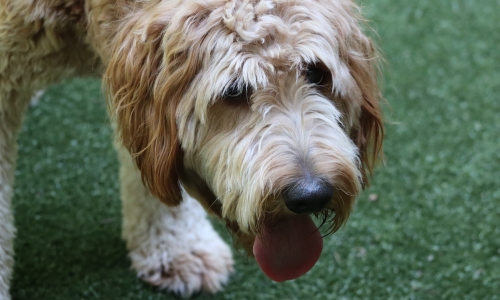
Goldendoodles are by far the most popular breed coming into my classroom. At three to four months they're highly receptive to training, great with people, love to be petted, and rarely if ever exhibit reactivity to other dogs. They're a good choice for families, however, without a great deal of exercise, especially as adolescents, they lack focus during training, bark excessively, and can be difficult to control, especially males. Most vets prefer not to neuter larger male doodles until closer to 12 to 14 months so you’ll need to counter those teenage difficulties with additional exercise or doggy daycare. Gentle leaders are also a good idea, at least through their teen phase, to address a high level of impulsivity. The Good Boy brand is a great choice, as per the link provided. By about 15 months and post neutering/spaying, Goldendoodles generally settle into maturity with much better compliance and focus.
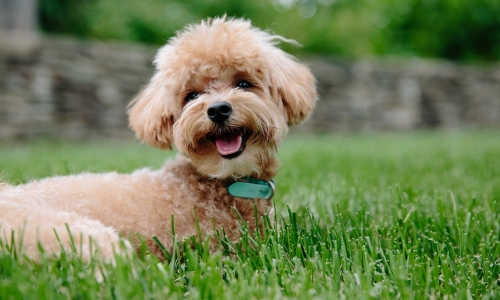
Poodles come in various sizes, Standard (up to 80 lbs), Miniature (up to 20 lbs), Toy (up to 9 lbs), and Tea Cup (up to 7 lbs). I’ve worked with them all but the smaller poodles are the more popular variations. Poodles (mixed or purebred) are still one of the most popular breeds due to their intelligence, exceptional trainability, and easy-going personality. Poodles are a very athletic dog no matter their size (except perhaps for the Tea Cup version) so they should be given a few long walks per day as well as a lively game of fetch or frisbee. Standard poodles exhibit the same adolescent challenges as Golden Doodles so plenty of exercise for them is essential.
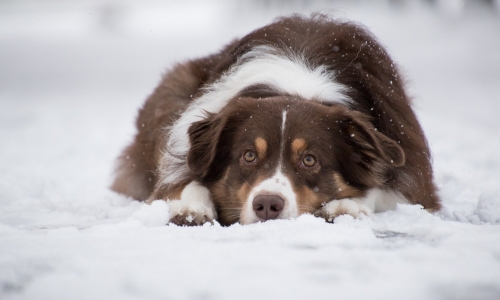
Australian Shepherds are a very popular breed these days. While highly responsive to training they also require a great deal of exercise to be able to focus and learn new skills. They're great with people but should have early socialization with other dogs to counter some reactivity. This breed is best suited for adults who understand the innate traits of a herding dog, and want a companion with a real love of work and exercise. Due to their herding tendencies, Aussie Shepherds are easily triggered to nip and drive which is why you must be firm with them around young children and institute the ‘absolutely no chasing games’ policy.
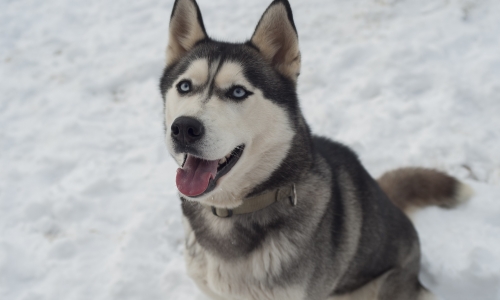
Siberian Huskies perform very well in training when provided with enough exercise. Unlike Goldendoodles, they're not the biggest fan of being petted and handled, especially from visitors they don't know, and they would much prefer to be outside, investigating the world at large. Lack of cognitive stimulation and exercise leads them to unwanted behaviors such as jumping up, digging, and chewing. Huskies can be somewhat aloof around other dogs and can be susceptible to resource guarding so a high degree of socialization as younger puppies is very important. Provide them with at least three to four kilometers a day of exercise to promote calm, focused house manners.
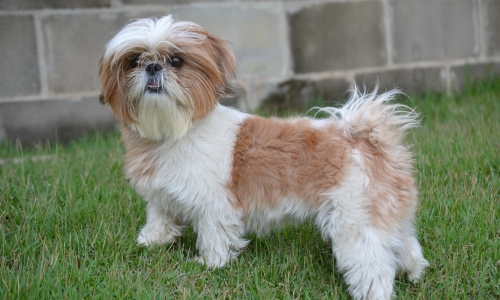
Shih Tzus are highly receptive to training if their owners would only stop pampering them and set the same expectations they would for a larger dog. Shih Tzus love people and other dogs, and they don’t require a lot of exercise. They make wonderful companions no matter the household, especially for seniors. They do tend to jump up so extra attention should be given to their greeting protocols.
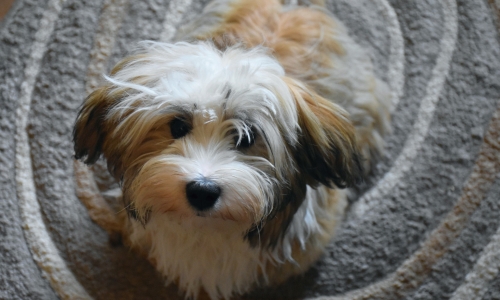
Havanese are one of the most trainable dog breeds I’ve had the pleasure to work with. They show little reactivity to other dogs, they love people and are generally very quiet. Havanese dogs live to learn new skills. They excel at both obedience and trick training, in addition, they also don’t require a lot of exercise. They make wonderful companions no matter the household, from toddlers to seniors.
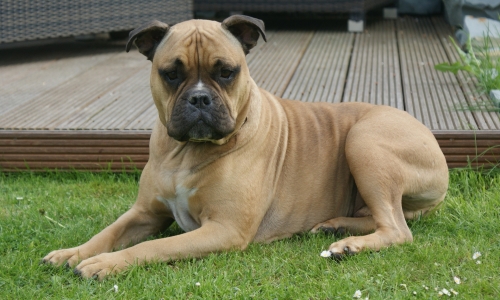
Olde English Bulldogs are an American breed developed in the early 1970s, to recreate a dog with the traits of the original 18th-century bull-baiting canine. They're taller and slimmer than the British Bulldog, with a snout more similar to a Boxer.
I’ve had the pleasure of training a few of these dogs and was pleasantly surprised by their calm, sweet nature. They co-exist very well with both people and other dogs, and they really love to learn new skills. While they don’t seem to suffer from hyperactivity, they are extremely strong. Harnesses are not a good idea with these dogs. Alternating between a wide collar and a gentle leader on walks, helps to bring about good walking habits until they reach maturity. Best suited to a home with adults, who are willing and able to manage their strength. Not suitable for seniors.
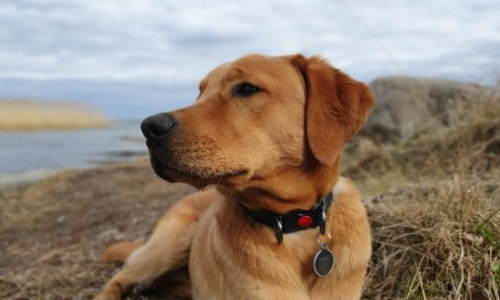
Labrador Retrievers are in my opinion, one of today’s great tragedies when it comes to improper consideration of lifestyle. The Labrador Retriever may be an adorable puppy at three months, but by seven to eight months, without adequate exercise, they can be uncontrollable and suffer from severe levels of hyperactivity. At their best they're a highly independent dog with a love of field and bush, moving in large sweeping circles, to check in with their owners throughout the course of a walk. Genetically this is what they were built to do, a pattern of interaction bred into them for retrieving purposes. The best successes I’ve had with this breed in my classroom, are with pet owners who walk their dogs four to seven kilometers a day. With this level of activity, the dogs are biddable, can adequately focus, and pick up all the required skills of obedience. Not suitable for seniors or anyone not willing or able to provide them with a high degree of exercise. Note that these dogs do not reach maturity until closer to three years old and are very strong by eight to nine months of age.
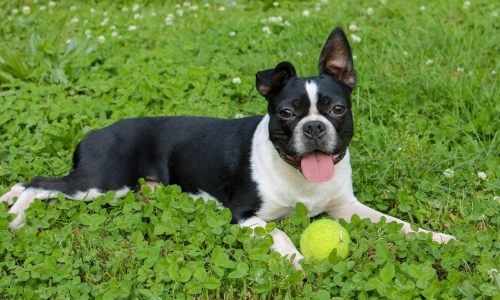
Boston Terriers are highly energetic and generally get along well with people and other dogs. They excel at both obedience and trick training. Given their terrier nature, it’s a good idea to get started on their training early, to satisfy their drive for interaction and cognitive stimulation. A forty-five to sixty-minute walk per day is adequate for them as long as you also spend a bit of time playing with them indoors.
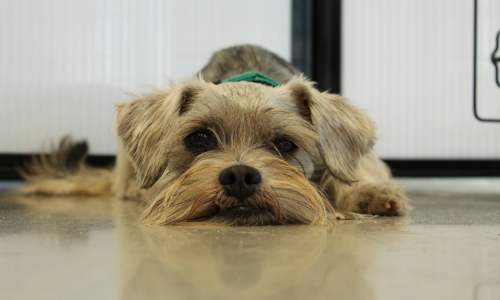
Miniature Schnauzers are a good choice for most households. They're game, sharp little dogs with a fairly high energy level. An hour per day of exercise is usually sufficient. They socialize well with both people and other dogs. They pick up both obedience and trick training skills with relative ease.
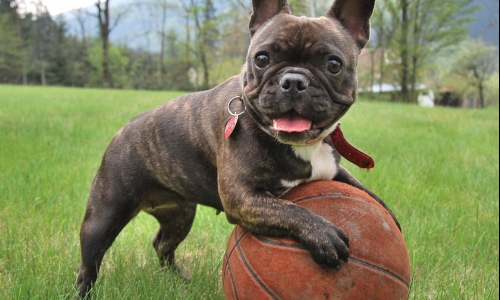
French Bulldogs are fun and easygoing little dogs. Bear in mind that potty training can take a little longer with them so it’s important to set a very consistent toileting schedule, perhaps in a household where someone is working from home through their puppy stage. They aren’t terribly partial to formal obedience but their good nature tends to balance things out, on the whole. French bulldogs can develop a habit of pulling if no walking skills have been instilled in their exercise routines, so maybe skip the trick training and put your efforts into a few fundamental skills like sit, stay, and loose leash walking. Several short walks throughout the day are recommended for French Bulldogs as they can overheat easily and they're susceptible to breathing stress due to their shortened snout. Cumulatively an hour per day of exercise is fine for them. They love people and usually socialize well with other dogs. They make a good choice for most households, from young families to seniors.
In conclusion, there is a dog for every household: apartment dwellers, single people of any age, and families. So take the time to consider your 'lifestyle profile'. Other considerations would be how much space you have to offer a dog, grooming costs for specific breeds, and what medical issues you might encounter depending on the breed. The cost for food and basic vet fees will also vary considerably, pound for pound, based on the dog you choose.
THE DOG BLOG is a great resource for tips on training and canine well-being. Got questions or a topic in mind? Let me know via the comments box. I would love to hear from you.